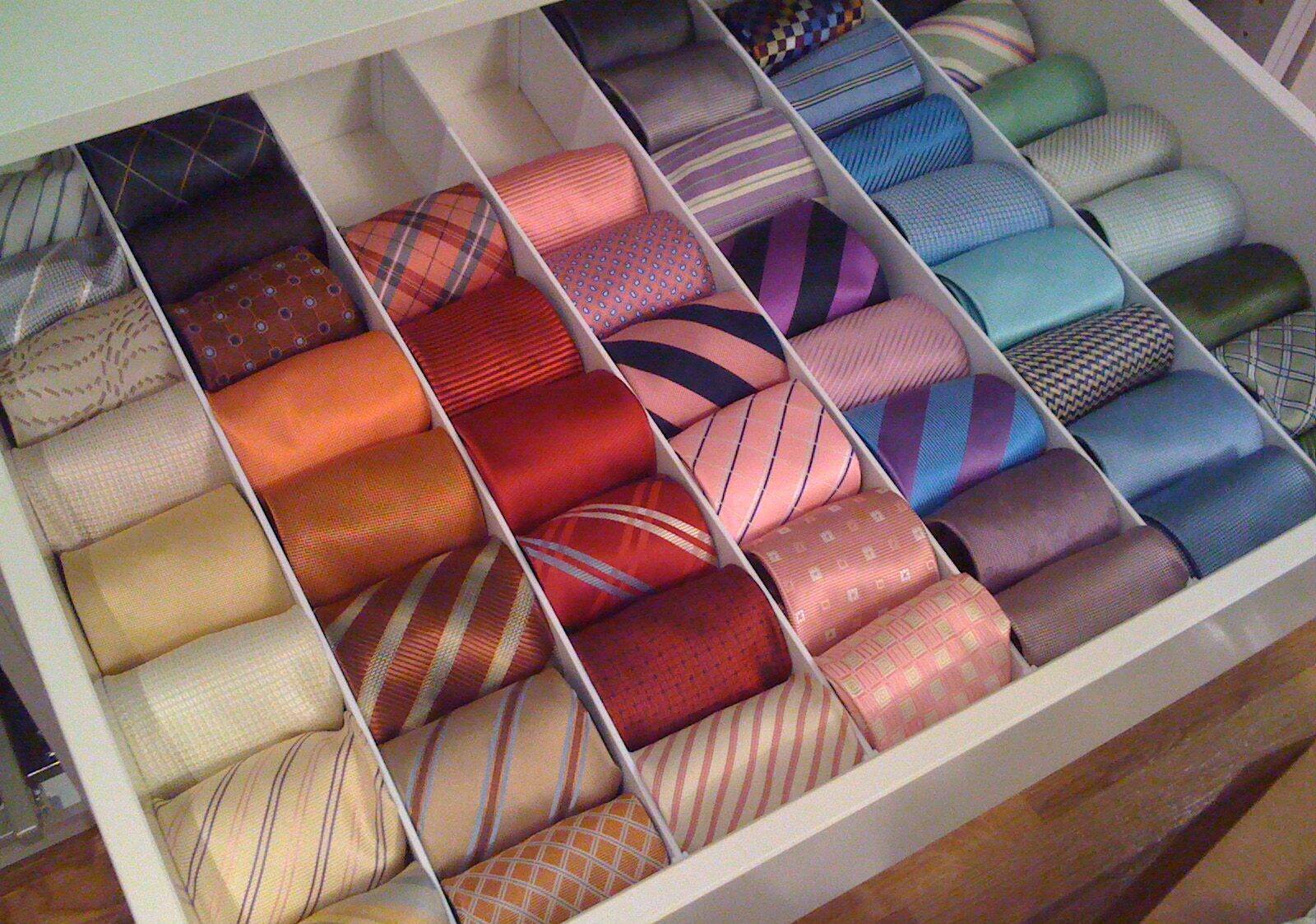

Articles
How To Store Ties In A Drawer
Modified: January 18, 2024
Learn how to store your articles efficiently in a drawer with these useful tips, ensuring they stay organized and wrinkle-free.
(Many of the links in this article redirect to a specific reviewed product. Your purchase of these products through affiliate links helps to generate commission for Storables.com, at no extra cost. Learn more)
Introduction
Ties are an essential accessory for many men, whether it’s for business attire or special occasions. However, keeping your ties organized and well-maintained can sometimes be a challenge. Ties, with their delicate fabrics and intricate designs, need to be stored properly to prevent wrinkles, creases, and damage. In this article, we will explore the best ways to store ties in a drawer, ensuring they remain in excellent condition and easily accessible.
Properly storing ties not only helps them retain their shape and appearance but also makes it easier for you to find the perfect tie for any occasion. From folding techniques to color sorting and using tie racks, we will discuss various methods to keep your ties organized and ready to wear. So let’s dive into the world of tie storage and discover how to maintain your collection with care and style.
Key Takeaways:
- Keep your ties organized and wrinkle-free by folding them with care and sorting them by color. Utilize tie racks or drawer dividers to maintain a well-curated collection and make selecting the perfect tie effortless.
- In addition to organizing ties, efficiently arrange other accessories like cufflinks and pocket squares. Utilize small containers, label them, and regularly declutter to create a sophisticated and functional storage system for all your accessories.
Read more: How To Store Ties
Properly Folding Ties
One of the most crucial steps in storing ties is to fold them correctly. Improper folding can lead to wrinkling, creasing, and even permanent damage to the fabric. There are a few different folding methods you can use, depending on your preference and the space available in your drawer.
One popular method is the “Fold and Roll” technique. Start by laying the tie flat on a clean surface, with the wide end on the left and the narrow end on the right. Fold the wide end towards the middle, creating a smaller loop. Then, fold the narrow end towards the middle as well, slightly overlapping the wide end. Holding the folded ends together, gently roll the tie from the bottom to the top. This technique not only keeps the tie compact but also helps prevent creases.
Another folding method is the “Tri-Fold” technique. Lay the tie flat, with the front side facing down. Fold the wider end of the tie towards the middle, then fold the narrow end over the wider end. The ends should overlap slightly. Finally, fold the tie in half from the bottom to the top. This technique is ideal for ties made from thicker fabrics or when space is limited in your drawer.
Remember to handle your ties with care while folding to avoid stretching or distorting the fabric. It’s also a good idea to lightly steam or iron your ties before folding them to remove any wrinkles and keep them looking sharp.
Once you have folded your ties, it’s essential to keep them sorted and easily identifiable. In the next section, we will discuss organizing your ties by color to make it simple to find the perfect match for your outfit.
Sorting Ties by Color
Organizing your ties by color can greatly simplify the process of selecting the right tie for your outfit. It not only saves time but also allows you to create visually appealing combinations effortlessly. Sorting your ties by color also helps to maintain the overall organization of your drawer.
Start by grouping your ties into color categories. You can create separate sections or dividers within your drawer for each color family. For example, have one section for red, burgundy, and pink ties, another section for blue and navy ties, and so on. This way, when you are looking to match a particular color or shade, you can easily find the desired ties without rummaging through the entire collection.
If you have a large tie collection, consider further subcategorizing by shades or patterns within each color family. For instance, within the blue tie section, you can have subsections for striped ties, polka dot ties, or solid-color ties. This level of organization helps to narrow down your choices even further and ensures that you can quickly locate the precise tie you need.
When arranging your ties by color, make sure to maintain consistency in your organization system. Always return ties to their designated color sections after use to keep everything in order. Investing in drawer dividers or a tie rack with color-coded sections can also be helpful in keeping your ties neatly organized.
Sorting your ties by color not only makes it easier to find the perfect tie for any occasion but also adds a touch of elegance to your drawer. In the next section, we will explore various options for using tie racks or hangers to store your ties.
Using Tie Racks or Hangers
Tie racks or hangers are excellent options for storing ties, especially if you want your collection to be easily visible and accessible. They not only keep your ties wrinkle-free but also allow you to showcase your collection in a stylish way. Here are a few options for using tie racks or hangers:
1. Tie Racks: Tie racks come in various designs, ranging from simple hangers with multiple hooks to motorized racks that rotate your ties at the push of a button. These racks allow you to hang your ties individually, ensuring they remain untangled and easy to identify. Some tie racks also come with built-in LED lights, providing additional visibility in your closet or drawer.
2. Tie Hangers: Tie hangers are another popular option for organizing your ties. These hangers have multiple built-in hooks or loops specifically designed for hanging ties. You can hang multiple ties on a single hanger, making efficient use of your storage space. Tie hangers are typically made of durable materials such as wood or plastic, ensuring longevity and proper support for your ties.
3. Hanging Organizer: If you prefer a more compact solution, consider using a hanging organizer specifically designed for ties. These organizers often feature multiple pockets or compartments, each accommodating a tie. You can hang the organizer in your closet, which not only keeps your ties organized but also saves valuable drawer space.
Regardless of the type of tie storage solution you choose, make sure to give your ties ample space without overcrowding them. This helps to prevent wrinkles and allows the fabric to breathe, keeping your ties fresh and well-maintained.
While tie racks and hangers are excellent options, some individuals prefer storing their ties in a drawer to keep them concealed. In the next section, we will explore how to store ties in a drawer effectively.
Storing Ties in a Drawer
Storing ties in a drawer is a popular choice for those who prefer a more organized and concealed storage solution. However, it’s important to take certain steps to ensure your ties stay neat and wrinkle-free even when tucked away. Here’s how you can store your ties effectively in a drawer:
1. Use Drawer Dividers: Drawer dividers are an excellent way to separate and organize your ties within the drawer. These dividers come in various shapes and sizes and allow you to create compartments for each tie. You can opt for adjustable dividers that can be customized based on your tie collection’s size and shape.
2. Roll or Fold Ties: When storing ties in a drawer, you can choose to either roll or fold them, depending on your preference and the available space. If you have sufficient space, folding the ties using the “Fold and Roll” or “Tri-Fold” methods discussed earlier can keep them compact and prevent creasing. If space is limited, rolling the ties individually and placing them side-by-side can save space while still keeping them organized.
3. Keep Ties Flat: Whether you choose to fold or roll your ties, make sure to keep them flat in the drawer. Avoid stacking multiple ties on top of each other, as this can cause wrinkles and make it challenging to access a specific tie without disturbing the others.
4. Arrange by Color or Style: Just like organizing ties on a rack or hanger, consider arranging your ties in the drawer by color or style. This makes it easy to locate the specific tie you need without rummaging through the entire collection. You can use tabbed dividers or labels to identify different sections within the drawer.
5. Avoid Overstuffing: It’s important not to overstuff your tie drawer, as this can lead to wrinkling and damage. Make sure there is enough space for the ties to lay flat or roll without being cramped. If you find that your tie collection is expanding beyond the drawer’s capacity, consider decluttering and donating ties that you no longer wear to free up space.
By following these tips, you can keep your ties organized, wrinkle-free, and easily accessible, even when stored in a drawer. In the next section, we will discuss how to prevent wrinkles and damage to your ties during storage.
To store ties in a drawer, use a tie organizer or roll them up to prevent wrinkles. Keep them in a dedicated section to easily find and access them.
Read more: How To Store Bow Ties
Preventing Wrinkles and Damage
Proper storage techniques are essential not only for maintaining the organization of your tie collection but also for preventing wrinkles and damage to the fabric. Here are a few tips to keep your ties in excellent condition:
1. Avoid Sharp Folds: When folding or rolling your ties, aim to create gentle folds or rolls to minimize the risk of deep creases. Sharp folds can lead to permanent wrinkles that are difficult to remove, so handle your ties with care and fold them loosely.
2. Avoid Hanging Ties for Extended Periods: While tie racks or hangers are great for display and easy access, avoid leaving your ties hanging for long periods. Gravity can pull on the fabric, causing it to lose its shape over time. Whenever possible, store your ties flat in a drawer to minimize strain on the fabric.
3. Roll Ties Instead of Folding: If you’re concerned about folding creases, consider rolling your ties instead. Rolling the ties individually reduces pressure on specific areas of the fabric, helping to prevent wrinkles and creases.
4. Avoid Exposure to Sunlight and Moisture: Direct sunlight can fade the colors of your ties over time, so it’s best to store them in a dark, cool place. Additionally, moisture can lead to mold or mildew growth, which can damage the fabric. Ensure that your storage area is dry and well-ventilated to protect your ties.
5. Handle with Clean Hands: Before handling your ties, make sure your hands are clean and dry. Oils, dirt, and moisture from your hands can transfer onto the fabric, leaving stains or discoloration. It’s also advisable to avoid wearing lotion or fragrance on your hands when handling your ties.
6. Regularly Rotate Your Ties: To prevent any one tie from developing permanent creases due to prolonged storage, it’s a good idea to rotate your ties regularly. This ensures that all your ties receive equal use and maintain their shape.
By implementing these preventive measures, you can extend the lifespan of your ties and keep them looking fresh and elegant. In the next section, we will discuss the importance of avoiding overstuffing your tie drawer.
Avoiding Overstuffing the Drawer
While it’s tempting to maximize storage space in your tie drawer, overstuffing can lead to a host of issues. It not only makes it difficult to find and access specific ties, but it can also result in wrinkles, creases, and damage to your ties. Here are a few tips to avoid overstuffing your tie drawer:
1. Assess Your Tie Collection: Take some time to evaluate your tie collection and consider decluttering. Donate or discard ties that you no longer wear or that are in poor condition. This will free up space in your drawer and make it easier to organize and access your ties.
2. Use Drawer Dividers: As mentioned earlier, using drawer dividers can help create separate compartments for your ties. This prevents them from getting tangled or crushed when the drawer is full. By allocating the right amount of space for each tie, you can maintain their shape and prevent unnecessary wrinkles.
3. Leave Room to Breathe: Avoid tightly packing your ties in the drawer. Leave some space between them, allowing for air circulation. This helps prevent moisture buildup and allows the ties to breathe, which is vital for maintaining their fabric quality.
4. Consider Vertical Storage: If you find that your tie collection is too vast to comfortably fit in a drawer, you can explore alternative storage methods. Vertical storage options, such as using a dedicated tie rack or hanging your ties from a clothes rail, can help save space while still keeping your ties organized and accessible.
5. Revisit Your Organization System: If you are consistently struggling with an overstuffed tie drawer, it may be time to reevaluate your organization system. Optimize the use of space by utilizing color-coding, efficient folding or rolling techniques, or considering alternative storage solutions that are better suited for your needs.
Remember, a well-organized and uncluttered tie drawer not only keeps your ties in good condition but also makes the selection process smoother and more enjoyable. In the final section, we will provide some additional tips for organizing other accessories alongside your ties.
Tips for Organizing Other Accessories
In addition to storing ties, you may have other accessories that need organizing, such as cufflinks, pocket squares, or tie clips. Keeping these items neatly arranged alongside your ties will not only save you time but also add a touch of sophistication to your overall wardrobe organization. Here are some tips for organizing other accessories:
1. Use Small Containers: Invest in small containers or trays to keep your accessories organized. You can use separate containers for cufflinks, pocket squares, and tie clips. This way, you can easily locate and access the accessory you need without having to search through a jumbled collection.
2. Label Your Containers: To make finding items even easier, consider labeling the containers or trays. Use labels or small sticky notes to indicate the contents of each container. This will save you time and effort when you’re in a rush and need to grab a specific accessory.
3. Arrange by Function or Style: Group your accessories based on function or style. For example, you can have a section for formal cufflinks, another for novelty cufflinks, and a separate area for pocket squares. By categorizing your accessories, you can quickly find the perfect complement to your outfit.
4. Utilize Drawer Dividers: Just as you use drawer dividers for your ties, consider using them for your accessory storage as well. This helps keep everything in its proper place and prevents items from getting mixed up or tangled with one another.
5. Consider Display Options: If you have particularly exquisite or sentimental accessories that you’d like to showcase, consider using a small display case or tray. This not only adds an elegant touch to your storage but also allows you to admire and appreciate your accessories when you’re not wearing them.
6. Regularly Declutter and Clean: Similar to your tie collection, periodically assess your other accessories and declutter any items that you no longer use or that are in poor condition. This helps maintain an organized and functional accessory collection.
By applying these tips to your accessory organization, you can create a well-curated and efficient storage system that enhances your overall wardrobe management. With your ties and other accessories neatly arranged, you’ll be ready to tackle any outfit with style and ease.
Conclusion
Properly storing and organizing your ties is essential for maintaining their appearance, accessibility, and longevity. Whether you choose to store them in a drawer, on a tie rack, or along with other accessories, following a few simple steps can make a significant difference in keeping your tie collection in excellent condition.
Remember to fold or roll your ties with care, sorting them by color or style to make selection effortless. Utilize tie racks or hangers for easy visibility and accessibility, or opt for drawer storage with dividers to keep your ties neatly arranged. Avoid overstuffing the drawer, as it can lead to wrinkles and damage, and always handle your ties and other accessories with clean hands to prevent staining or discoloration.
In addition to ties, consider organizing other accessories such as cufflinks, pocket squares, and tie clips. Utilize small containers, label them for easy identification, and arrange them by function or style. With a well-organized accessory collection, getting ready for any occasion becomes a breeze.
Regularly assess your tie collection and other accessories, decluttering items that are no longer wearable or in poor condition. This helps to maintain a streamlined and functional storage system.
Remember, proper storage and organization of your ties and accessories not only enhances their appearance but also saves you time and frustration when selecting the perfect finishing touch to your outfit. So take the time to implement these techniques and maintain your tie collection with care and style.
With these guidelines, you can ensure that your ties are always ready to be worn, looking impeccable and adding that extra touch of sophistication to your attire. So go ahead, arrange your ties, showcase your accessories, and step out with confidence, knowing that you’ve mastered the art of tie organization.
Frequently Asked Questions about How To Store Ties In A Drawer
Was this page helpful?
At Storables.com, we guarantee accurate and reliable information. Our content, validated by Expert Board Contributors, is crafted following stringent Editorial Policies. We're committed to providing you with well-researched, expert-backed insights for all your informational needs.
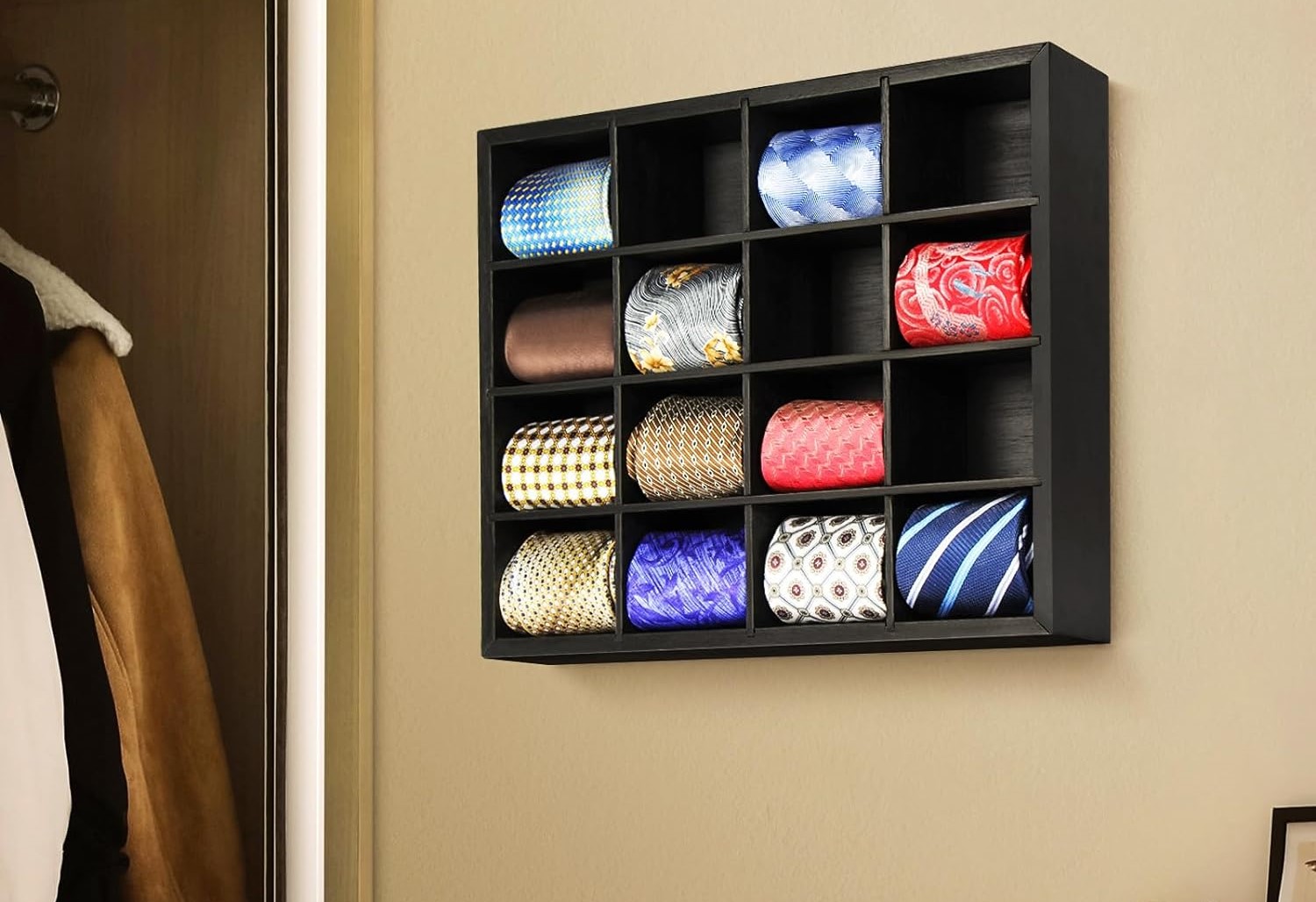
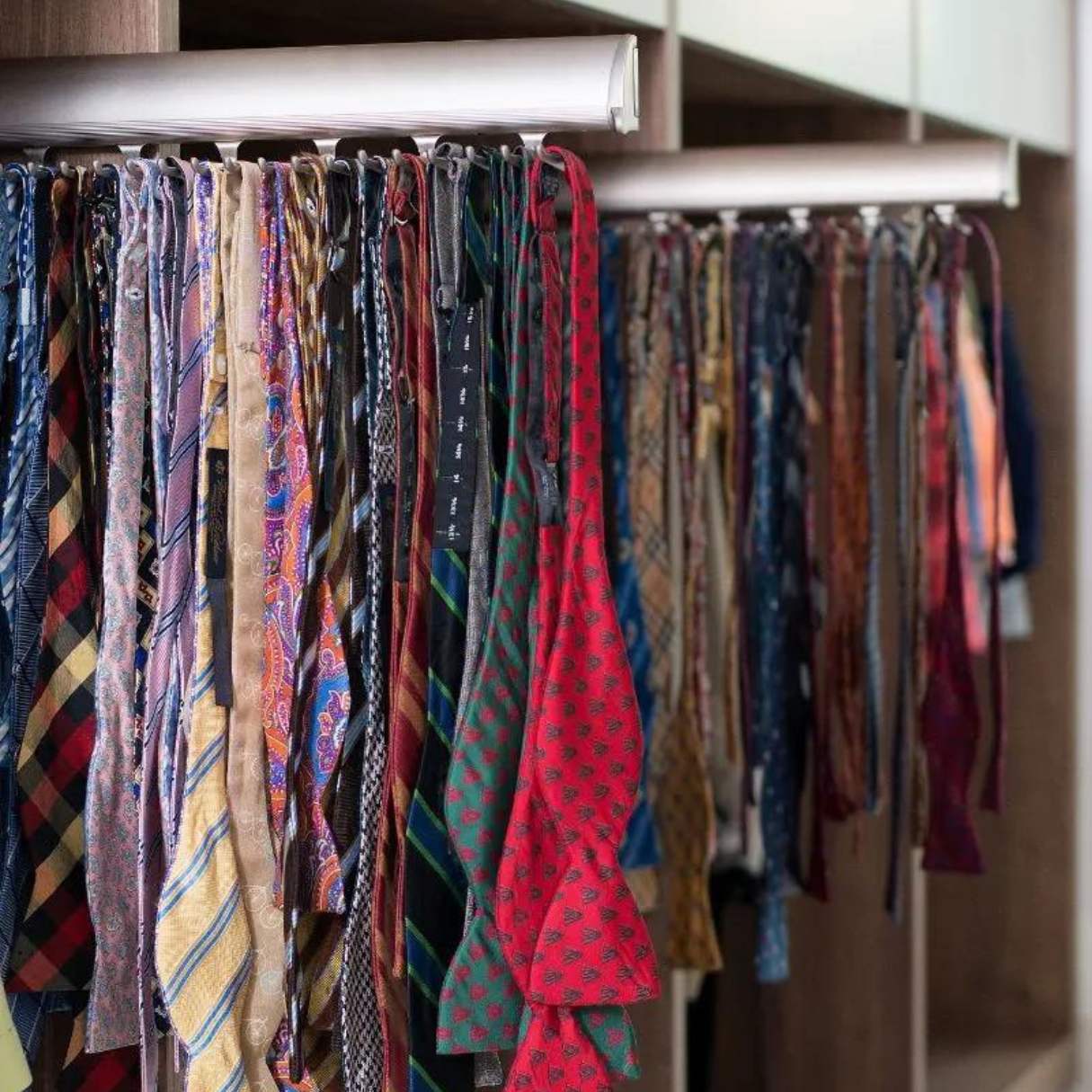
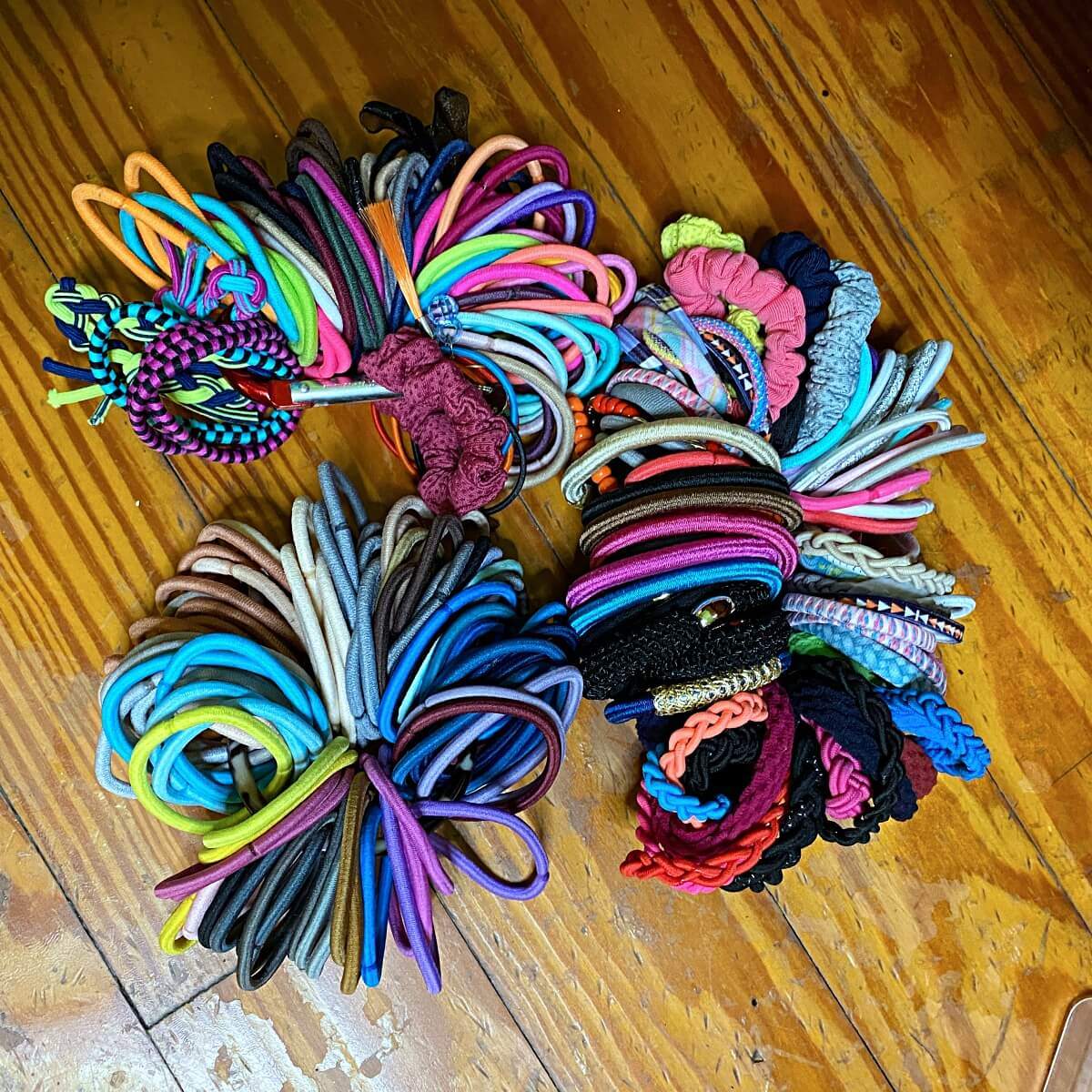
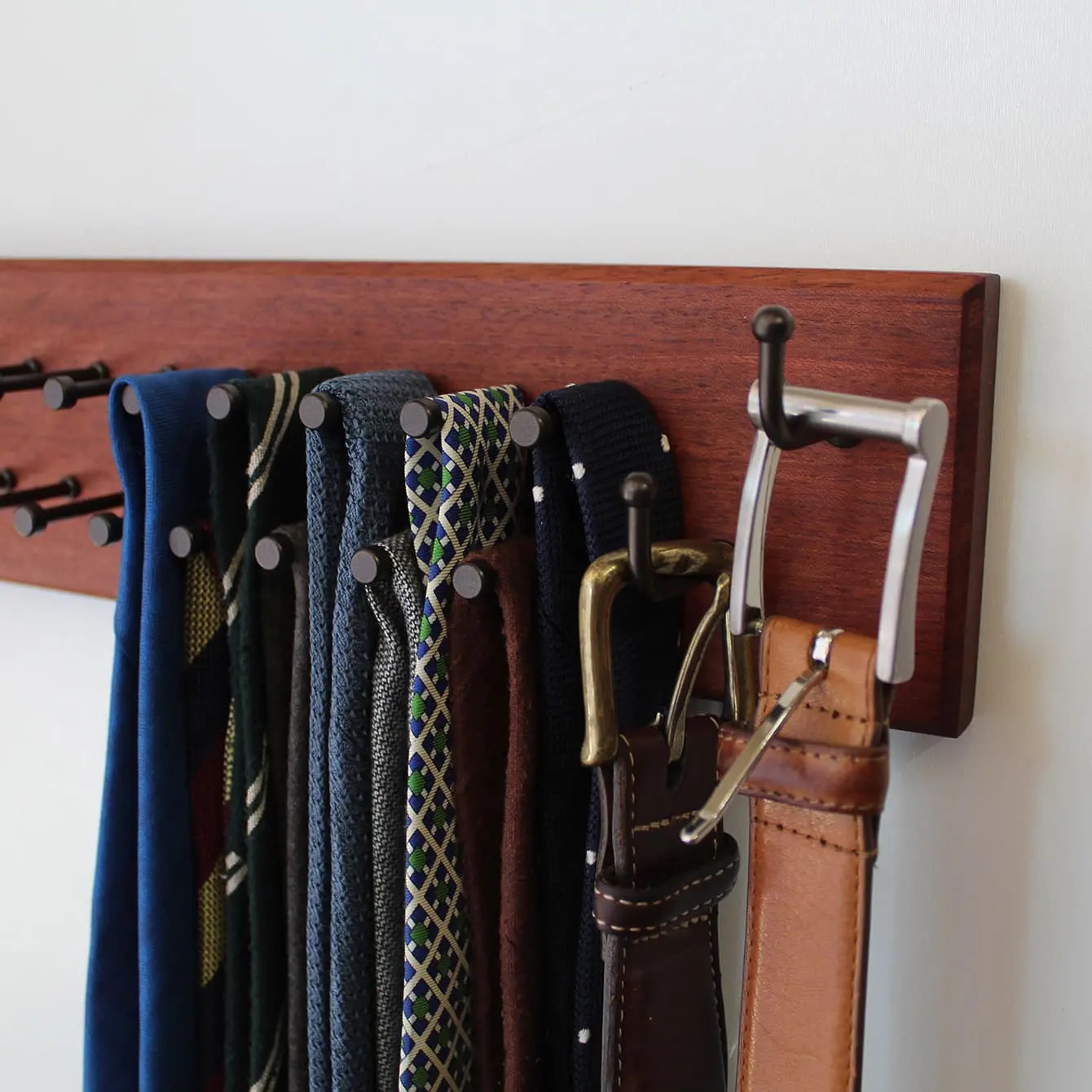
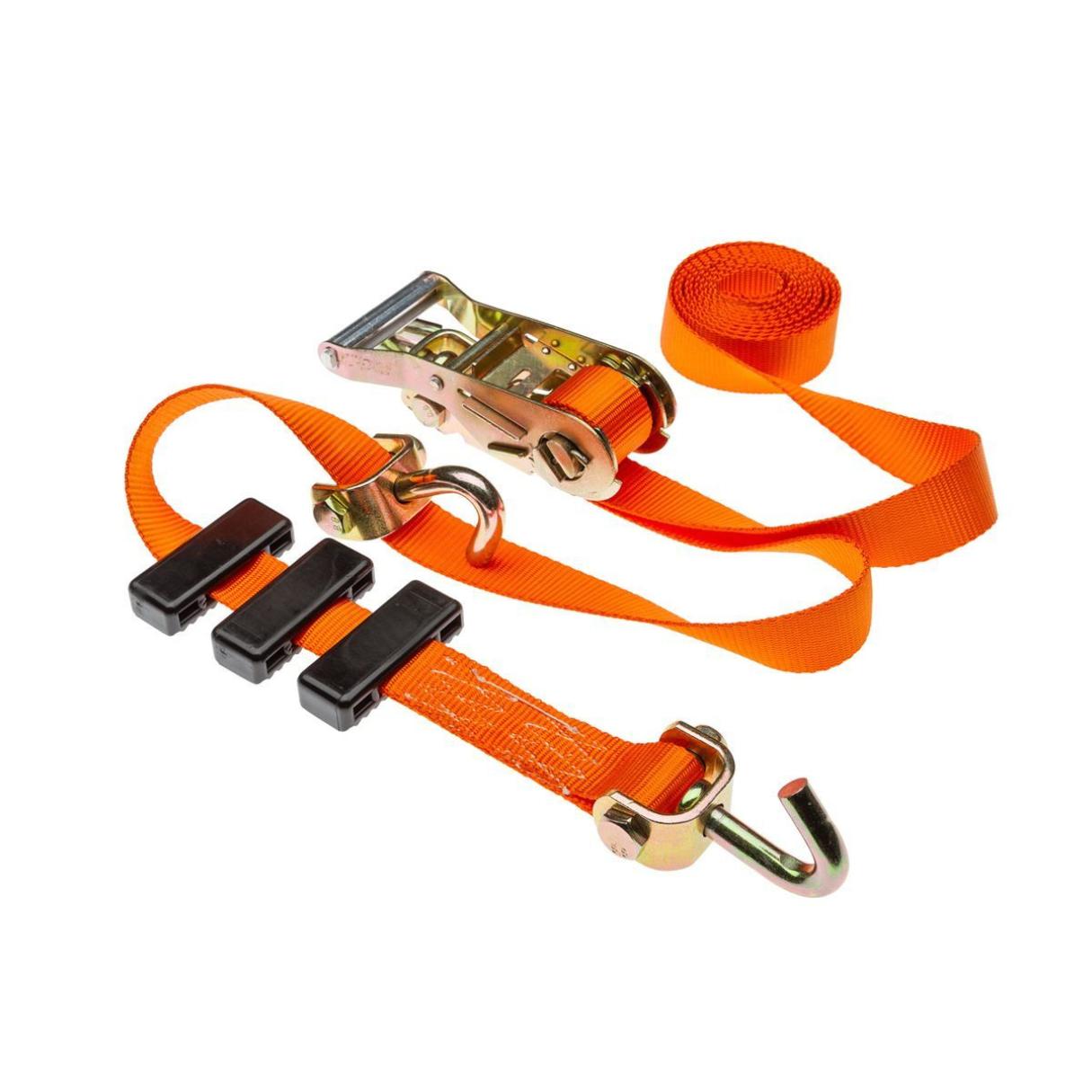
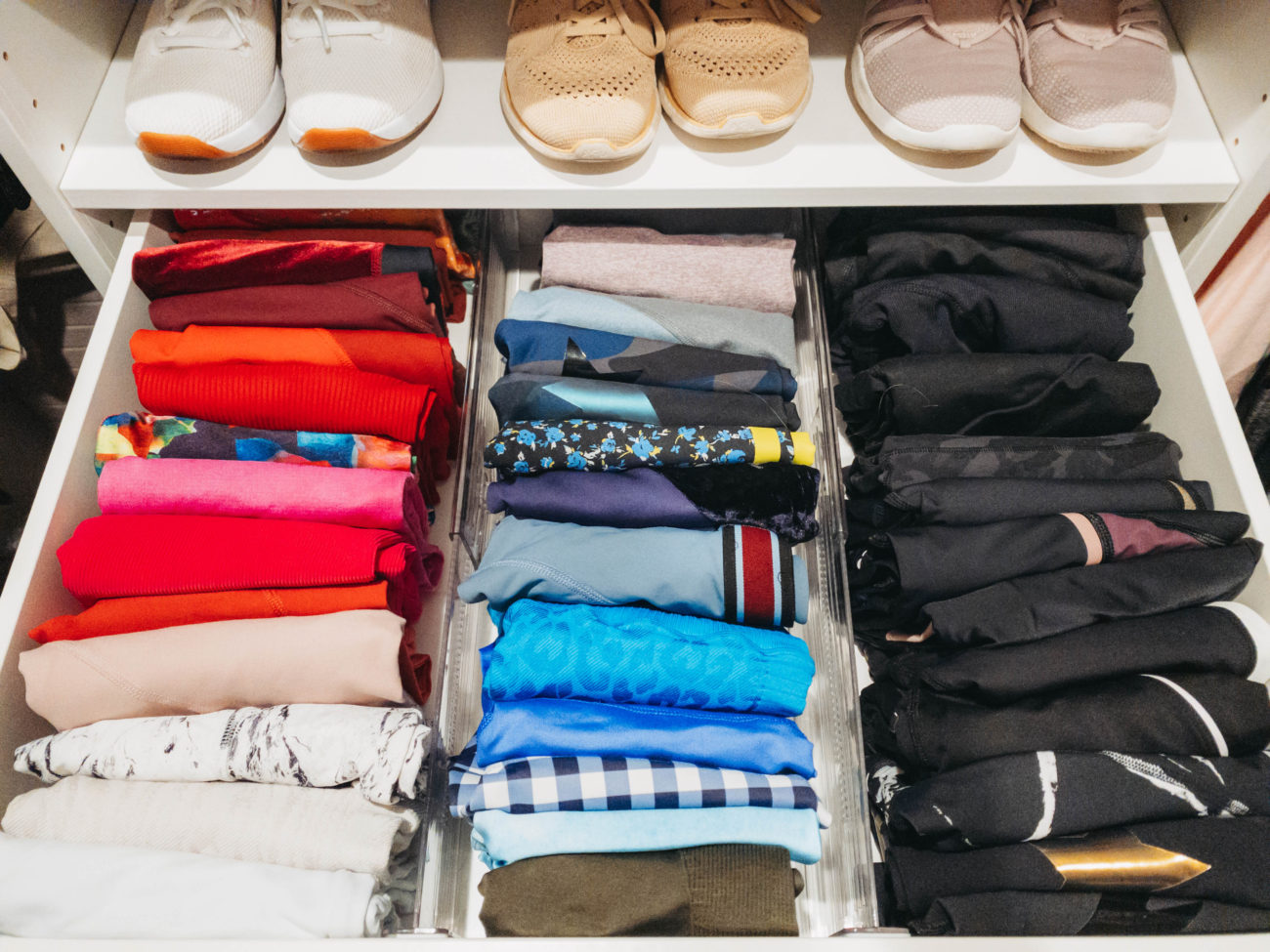
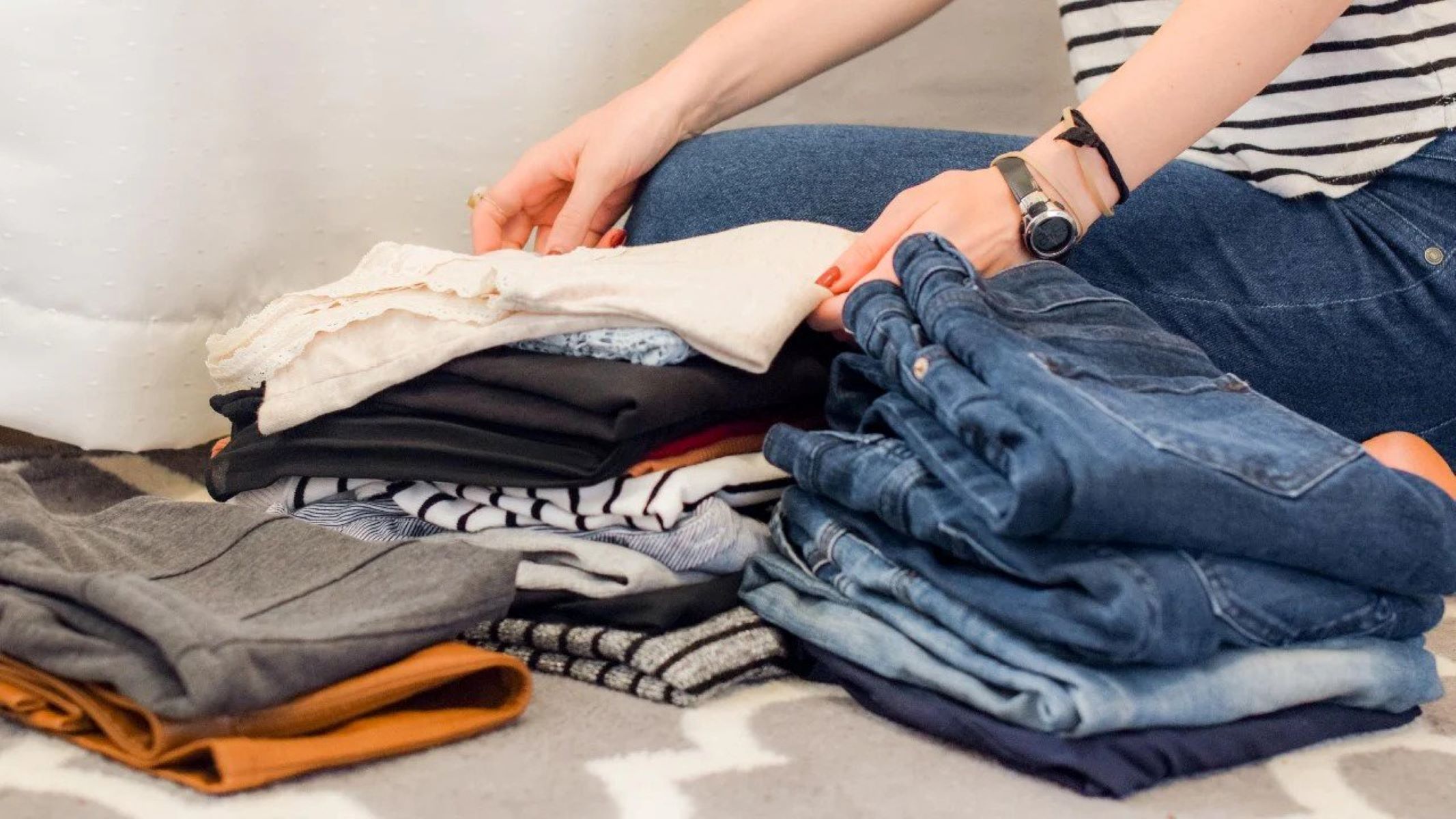
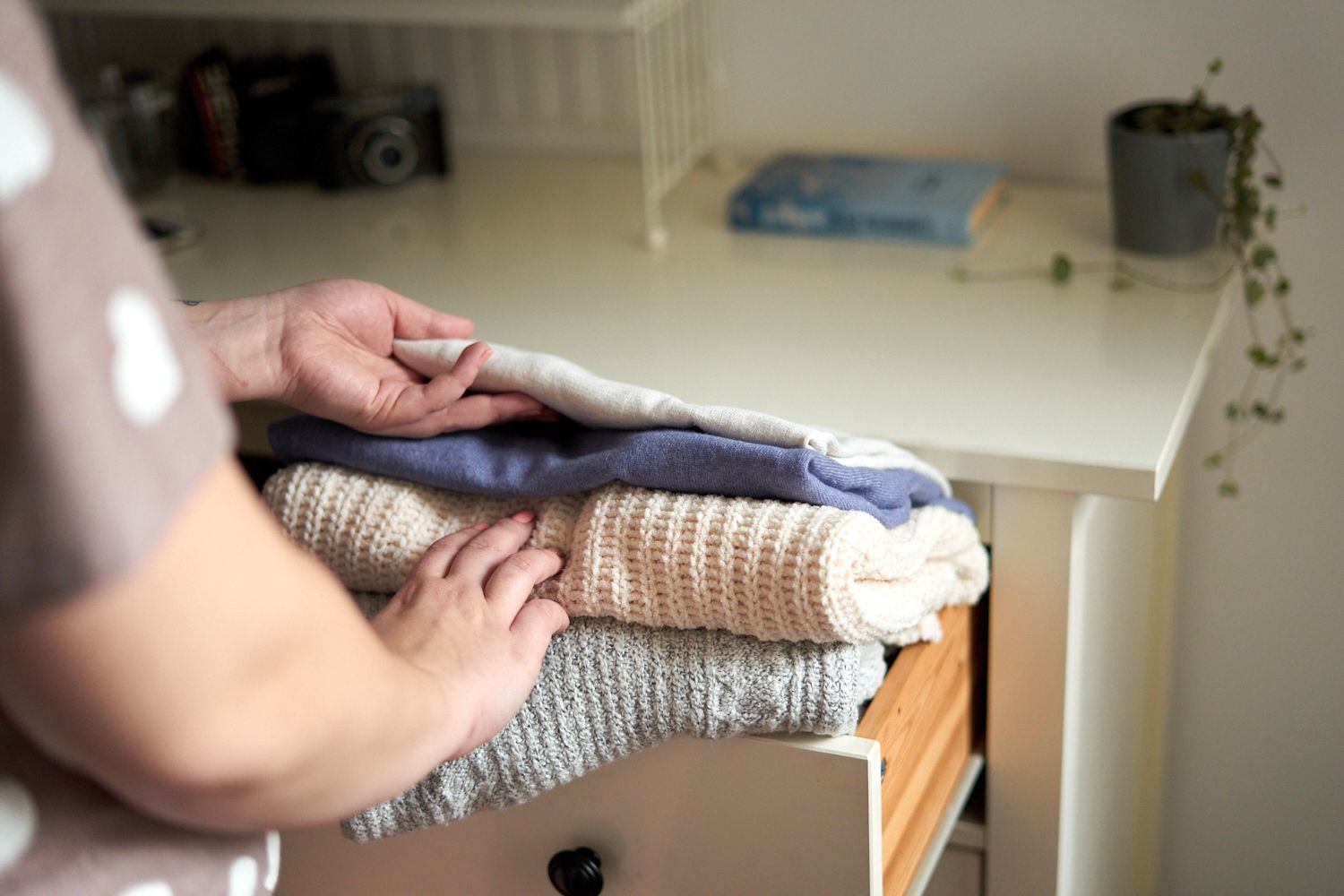
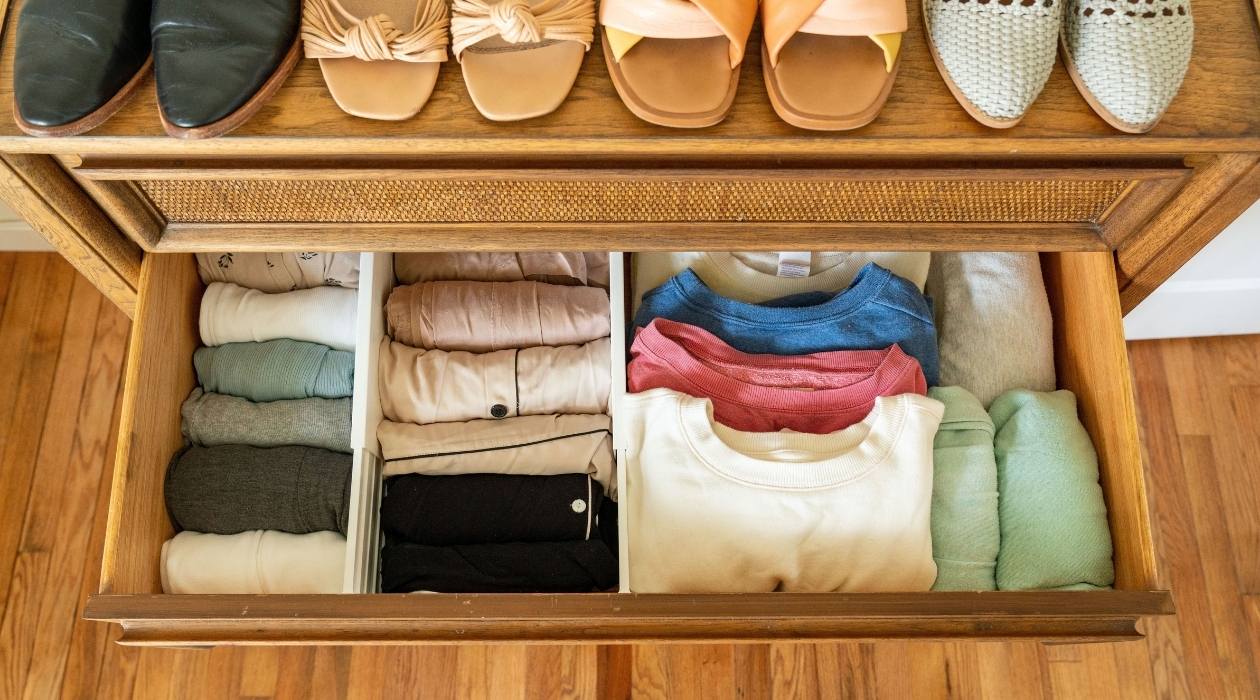
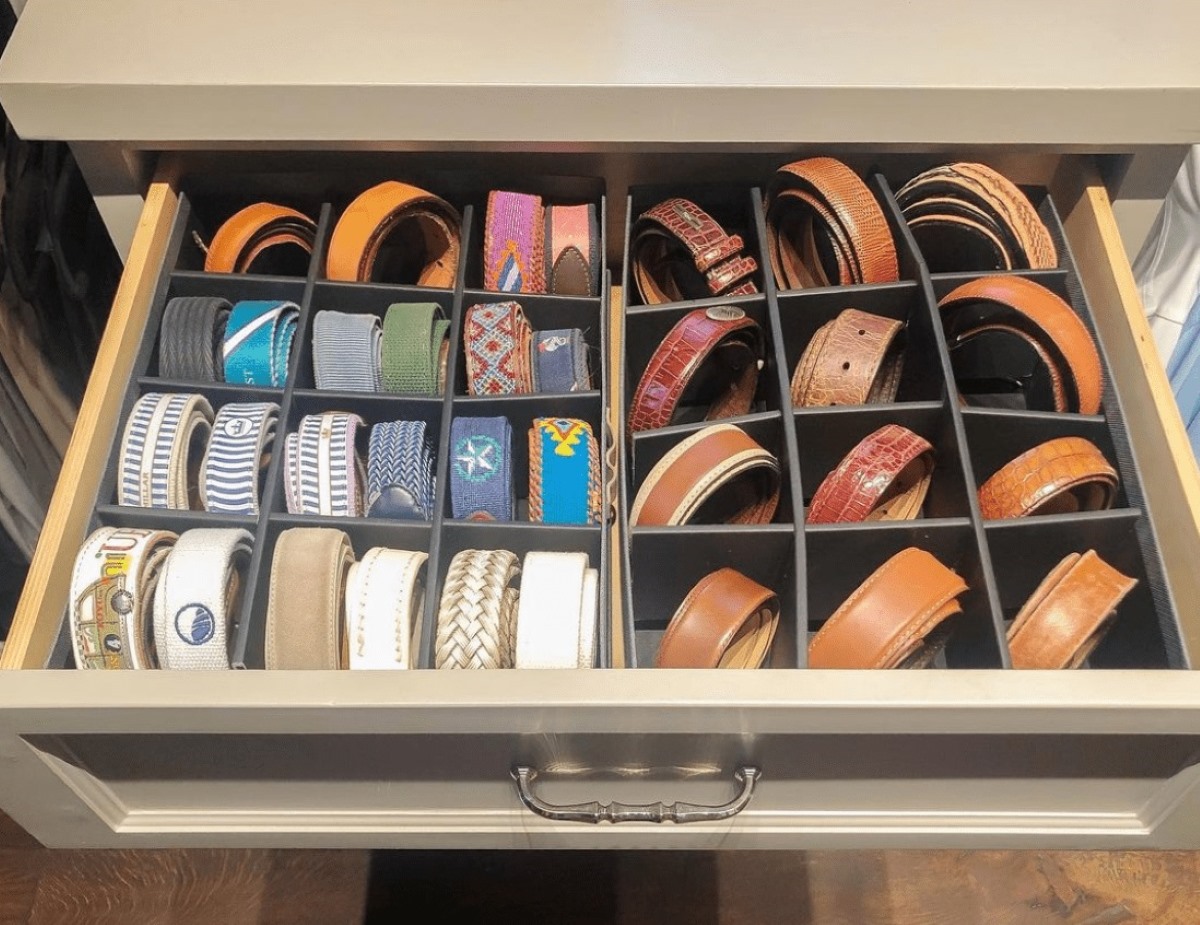
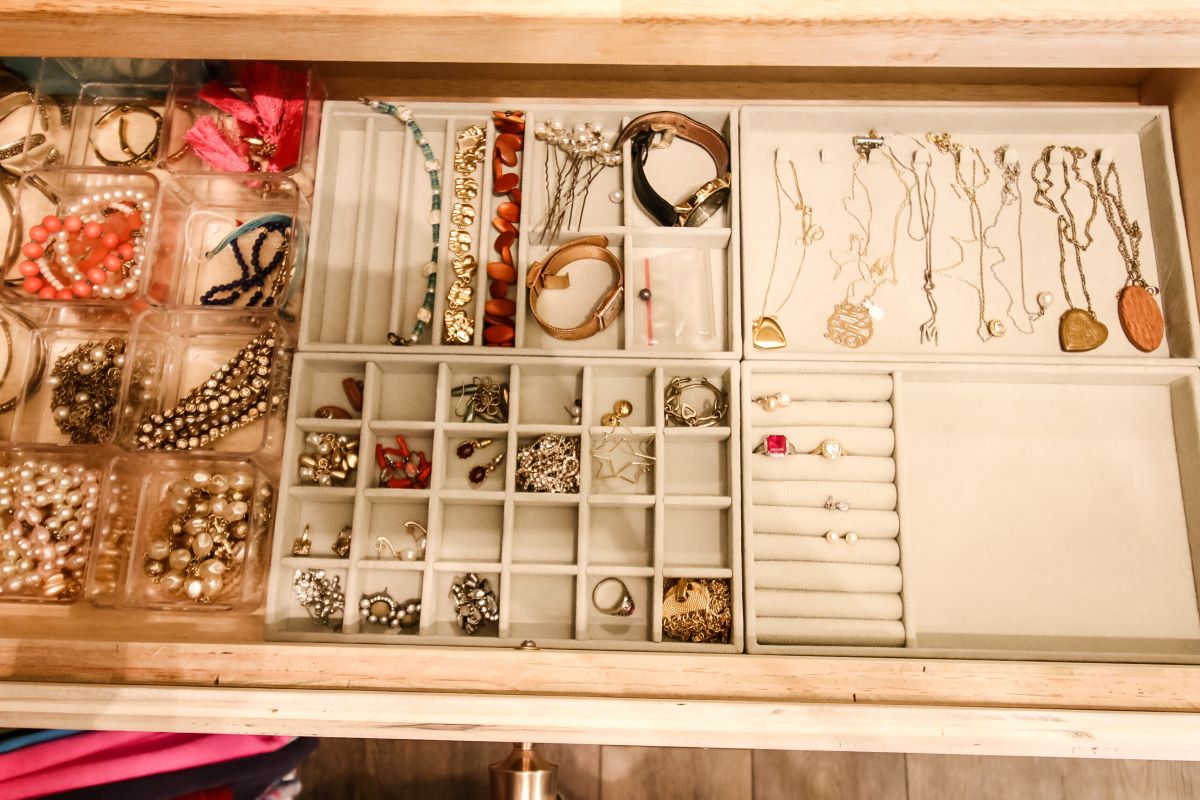
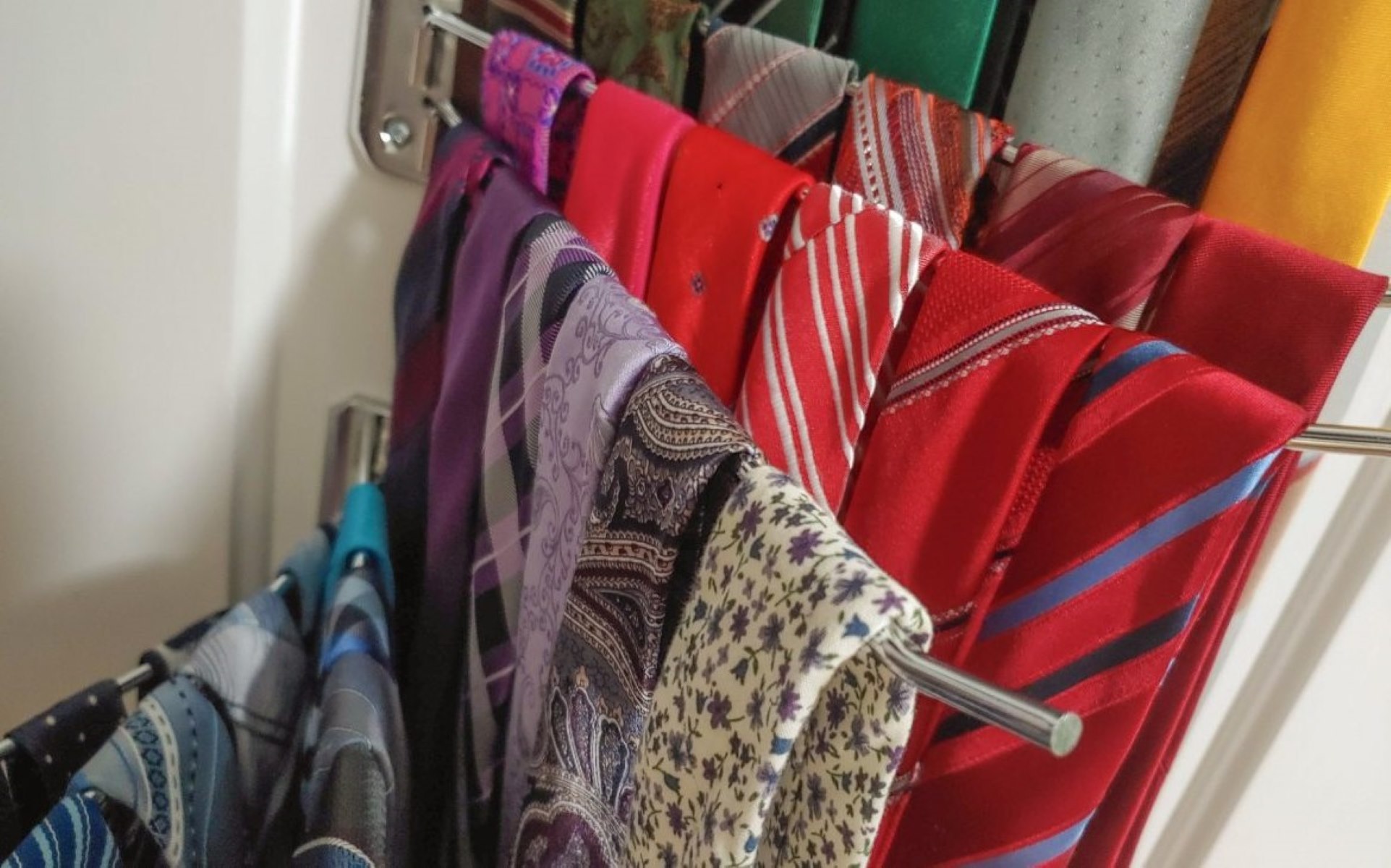
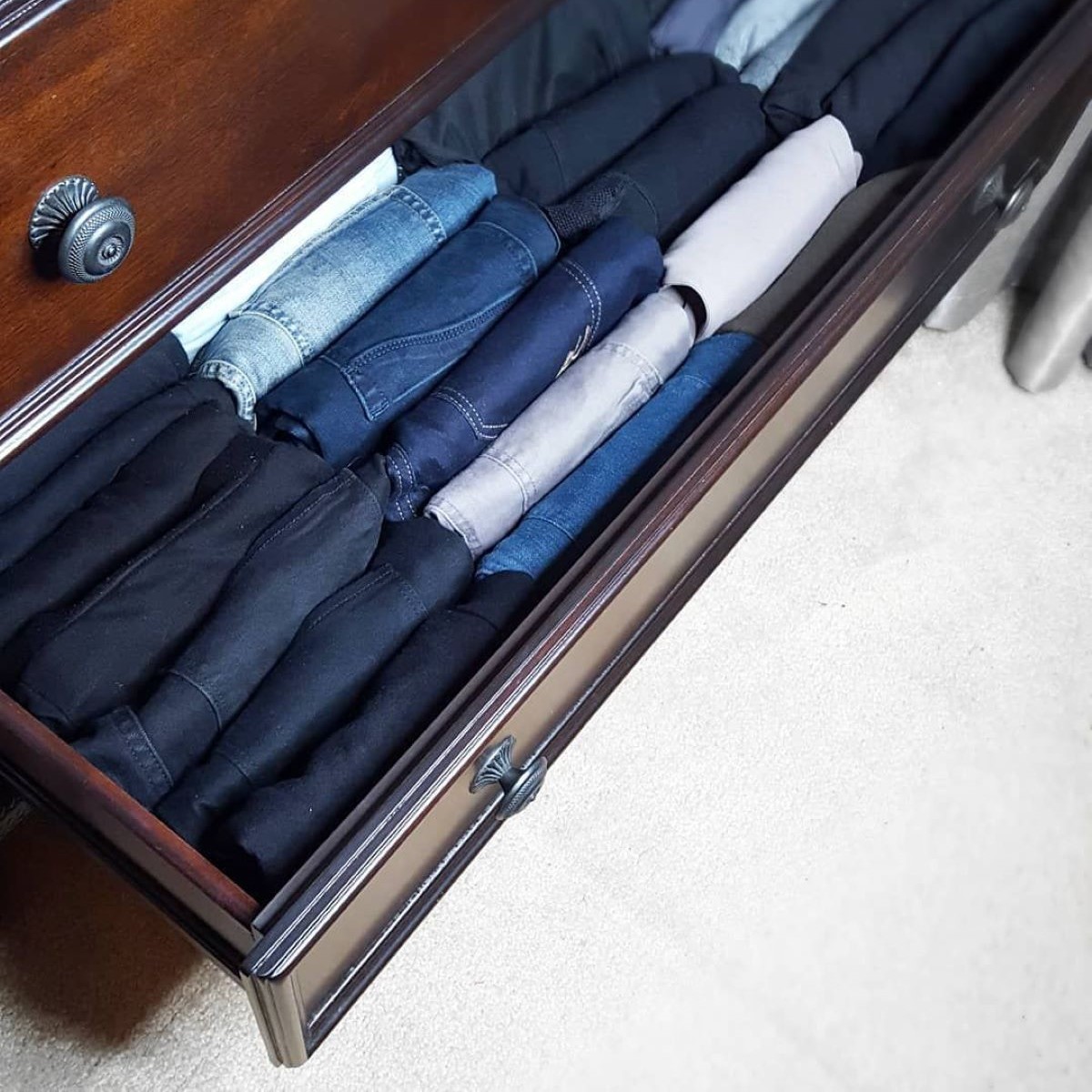
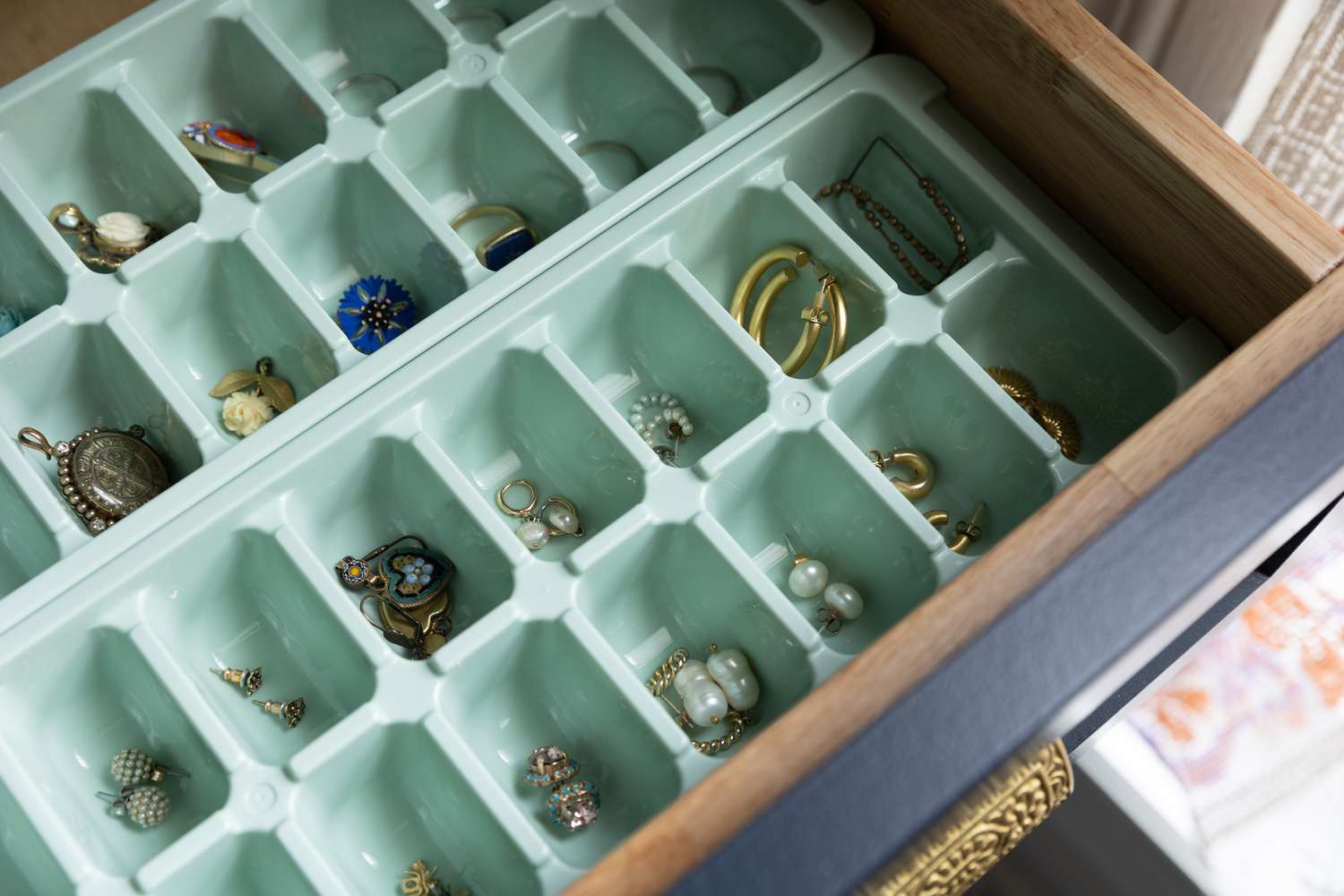

0 thoughts on “How To Store Ties In A Drawer”